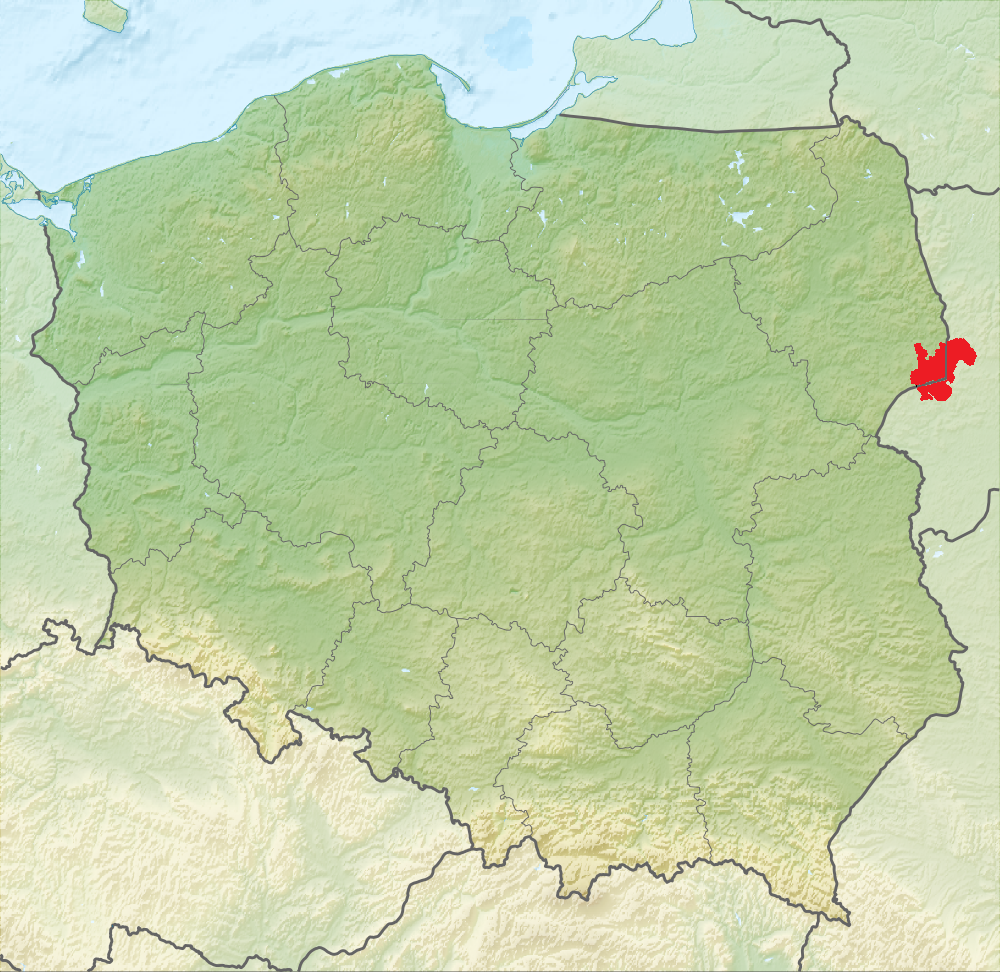|
Common Swift
The common swift (''Apus apus'') is a medium-sized bird, superficially similar to the barn swallow or house martin but somewhat larger, though not stemming from those passerine species, being in the order Apodiformes. The resemblances between the groups are due to convergent evolution, reflecting similar contextual development. The swifts' nearest relatives are the New World hummingbirds and the Southeast Asian treeswifts. Its scientific name ''Apus'' is Latin for a swift, thought by the ancients to be a type of swallow with no feet (from Ancient Greek α, ''a'', "without", and πούς, ''pous'', "foot"). Swifts have very short legs which they use primarily for clinging to vertical surfaces (hence the German name ''Mauersegler'', literally meaning "wall-glider"). They never settle voluntarily on the ground, where they would be vulnerable to accidents and predation, and non-breeding individuals may spend up to ten months in continuous flight. Taxonomy The common swift was on ... [...More Info...] [...Related Items...] OR: [Wikipedia] [Google] [Baidu] |
Moth
Moths are a paraphyletic group of insects that includes all members of the order Lepidoptera that are not butterflies, with moths making up the vast majority of the order. There are thought to be approximately 160,000 species of moth, many of which have yet to be described. Most species of moth are nocturnal, but there are also crepuscular and diurnal species. Differences between butterflies and moths While the butterflies form a monophyletic group, the moths, comprising the rest of the Lepidoptera, do not. Many attempts have been made to group the superfamilies of the Lepidoptera into natural groups, most of which fail because one of the two groups is not monophyletic: Microlepidoptera and Macrolepidoptera, Heterocera and Rhopalocera, Jugatae and Frenatae, Monotrysia and Ditrysia.Scoble, MJ 1995. The Lepidoptera: Form, function and diversity. Oxford, UK: Oxford University Press; 404 p. Although the rules for distinguishing moths from butterflies are not well est ... [...More Info...] [...Related Items...] OR: [Wikipedia] [Google] [Baidu] |
Binomial Nomenclature
In taxonomy, binomial nomenclature ("two-term naming system"), also called nomenclature ("two-name naming system") or binary nomenclature, is a formal system of naming species of living things by giving each a name composed of two parts, both of which use Latin grammatical forms, although they can be based on words from other languages. Such a name is called a binomial name (which may be shortened to just "binomial"), a binomen, name or a scientific name; more informally it is also historically called a Latin name. The first part of the name – the '' generic name'' – identifies the genus to which the species belongs, whereas the second part – the specific name or specific epithet – distinguishes the species within the genus. For example, modern humans belong to the genus '' Homo'' and within this genus to the species '' Homo sapiens''. '' Tyrannosaurus rex'' is likely the most widely known binomial. The ''formal'' introduction of this system of naming species is ... [...More Info...] [...Related Items...] OR: [Wikipedia] [Google] [Baidu] |
RSPB
The Royal Society for the Protection of Birds (RSPB) is a charitable organisation registered in England and Wales and in Scotland. It was founded in 1889. It works to promote conservation and protection of birds and the wider environment through public awareness campaigns, petitions and through the operation of nature reserves throughout the United Kingdom. In 2020/21 the RSPB had an income of £117 million, 2,000 employees, 12,000 volunteers and 1.1 million members (including 195,000 youth members), making it one of the world's largest wildlife conservation organisations. The RSPB has many local groups and maintains 222 nature reserves. As founders, chief officers and presidents, women have been at the helm of the RSPB for over 85 years. History The origins of the RSPB lie with two groups of women, both formed in 1889: * The Plumage League was founded by Emily Williamson at her house in Didsbury, Manchester, as a protest group campaigning against the use of great creste ... [...More Info...] [...Related Items...] OR: [Wikipedia] [Google] [Baidu] |
Nest Box
A nest is a structure built for certain animals to hold eggs or young. Although nests are most closely associated with birds, members of all classes of vertebrates and some invertebrates construct nests. They may be composed of organic material such as twigs, grass, and leaves, or may be a simple depression in the ground, or a hole in a rock, tree, or building. Human-made materials, such as string, plastic, cloth, or paper, may also be used. Nests can be found in all types of habitat. Nest building is driven by a biological urge known as the nesting instinct in birds and mammals. Generally each species has a distinctive style of nest. Nest complexity is roughly correlated with the level of parental care by adults. Nest building is considered a key adaptive advantage among birds, and they exhibit the most variation in their nests ranging from simple holes in the ground to elaborate communal nests hosting hundreds of individuals. Nests of prairie dogs and several social in ... [...More Info...] [...Related Items...] OR: [Wikipedia] [Google] [Baidu] |
Białowieża Forest
Białowieża Forest; lt, Baltvyžių giria; pl, Puszcza Białowieska ; russian: Беловежская пуща, Belovezhskaya Pushcha is a forest on the border between Belarus and Poland. It is one of the last and largest remaining parts of the immense primeval forest that once stretched across the European Plain. The forest is home to 800 European bison, Europe's heaviest land animal. UNESCO's Man and the Biosphere Programme designated the Polish Biosphere Reserve ' in 1976 and the Belarusian Biosphere Reserve ' in 1993. In 2015, the Belarusian Biosphere Reserve occupied the area of , subdivided into transition, buffer and core zones. The forest has been designated a UNESCO World Heritage Site and an EU Natura 2000 Special Area of Conservation. The World Heritage Committee by its decision of June 2014 approved the extension of the UNESCO World Heritage site "Belovezhskaya Pushcha/Białowieża Forest, Belarus, Poland", which became "Białowieża Forest, Belarus, Pol ... [...More Info...] [...Related Items...] OR: [Wikipedia] [Google] [Baidu] |
Common Swifts
Common may refer to: Places * Common, a townland in County Tyrone, Northern Ireland * Boston Common, a central public park in Boston, Massachusetts * Cambridge Common, common land area in Cambridge, Massachusetts * Clapham Common, originally common land, now a park in London, UK * Common Moss, a townland in County Tyrone, Northern Ireland * Lexington Common, a common land area in Lexington, Massachusetts * Salem Common Historic District, a common land area in Salem, Massachusetts People * Common (rapper) (born 1972), American hip hop artist, actor, and poet * Andrew Ainslie Common (born 1841), English amateur astronomer * Andrew Common (born 1889), British shipping director * John Common, American songwriter, musician and singer * Thomas Common (born 1850), Scottish translator and literary critic Arts, entertainment, and media * ''Common'' (film), a 2014 BBC One film, written by Jimmy McGovern, on the UK's Joint Enterprise Law * Dol Common, a character in ''The Alchemist'' ... [...More Info...] [...Related Items...] OR: [Wikipedia] [Google] [Baidu] |
Apus Apus Flock Flying 1
Apus is a small constellation in the southern sky. It represents a bird-of-paradise, and its name means "without feet" in Greek because the bird-of-paradise was once wrongly believed to lack feet. First depicted on a celestial globe by Petrus Plancius in 1598, it was charted on a star atlas by Johann Bayer in his 1603 ''Uranometria''. The French explorer and astronomer Nicolas Louis de Lacaille charted and gave the brighter stars their Bayer designations in 1756. The five brightest stars are all reddish in hue. Shading the others at apparent magnitude 3.8 is Alpha Apodis, an orange giant that has around 48 times the diameter and 928 times the luminosity of the Sun. Marginally fainter is Gamma Apodis, another ageing giant star. Delta Apodis is a double star, the two components of which are 103 arcseconds apart and visible with the naked eye. Two star systems have been found to have planets. History Apus was one of twelve constellations published by Petrus Plancius from the ... [...More Info...] [...Related Items...] OR: [Wikipedia] [Google] [Baidu] |
Apus Apus MHNT ZOO 2011 11 159 Le Louvres Paris
Apus is a small constellation in the southern sky. It represents a bird-of-paradise, and its name means "without feet" in Greek because the bird-of-paradise was once wrongly believed to lack feet. First depicted on a celestial globe by Petrus Plancius in 1598, it was charted on a star atlas by Johann Bayer in his 1603 ''Uranometria''. The French explorer and astronomer Nicolas Louis de Lacaille charted and gave the brighter stars their Bayer designations in 1756. The five brightest stars are all reddish in hue. Shading the others at apparent magnitude 3.8 is Alpha Apodis, an orange giant that has around 48 times the diameter and 928 times the luminosity of the Sun. Marginally fainter is Gamma Apodis, another ageing giant star. Delta Apodis is a double star, the two components of which are 103 arcseconds apart and visible with the naked eye. Two star systems have been found to have planets. History Apus was one of twelve constellations published by Petrus Plancius from the ... [...More Info...] [...Related Items...] OR: [Wikipedia] [Google] [Baidu] |
Boomerang
A boomerang () is a thrown tool, typically constructed with aerofoil sections and designed to spin about an axis perpendicular to the direction of its flight. A returning boomerang is designed to return to the thrower, while a non-returning boomerang is designed as a weapon to be thrown straight and is traditionally used by some Aboriginal Australians for hunting. Historically, boomerangs have been used for hunting, sport, and entertainment and are made in various shapes and sizes to suit different purposes. Although considered an Australian icon, ancient boomerangs have also been discovered in Africa, the Americas, and Eurasia. Description A boomerang is a throwing stick with aerodynamic properties, traditionally made of wood, but also of bone, horn, tusks and even iron. Modern boomerangs used for sport may be made from plywood or plastics such as ABS, polypropylene, phenolic paper, or carbon fibre-reinforced plastics. Boomerangs come in many shapes and sizes dependi ... [...More Info...] [...Related Items...] OR: [Wikipedia] [Google] [Baidu] |








